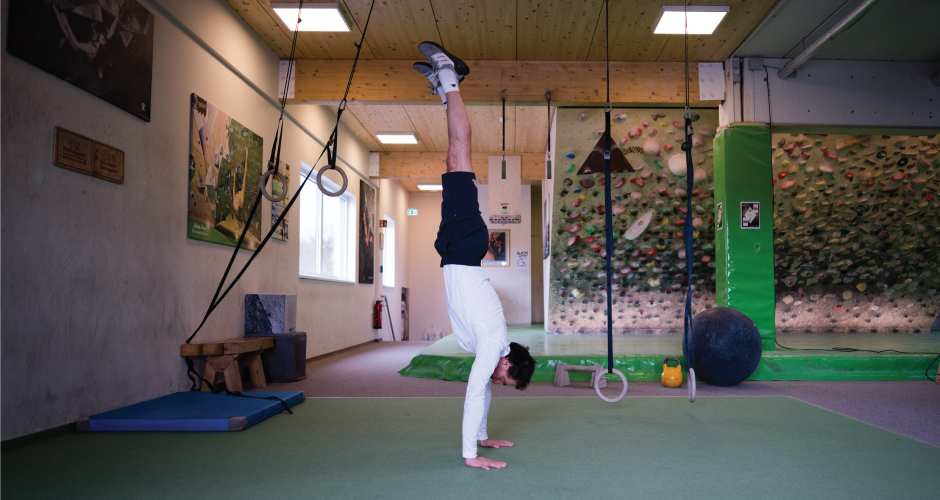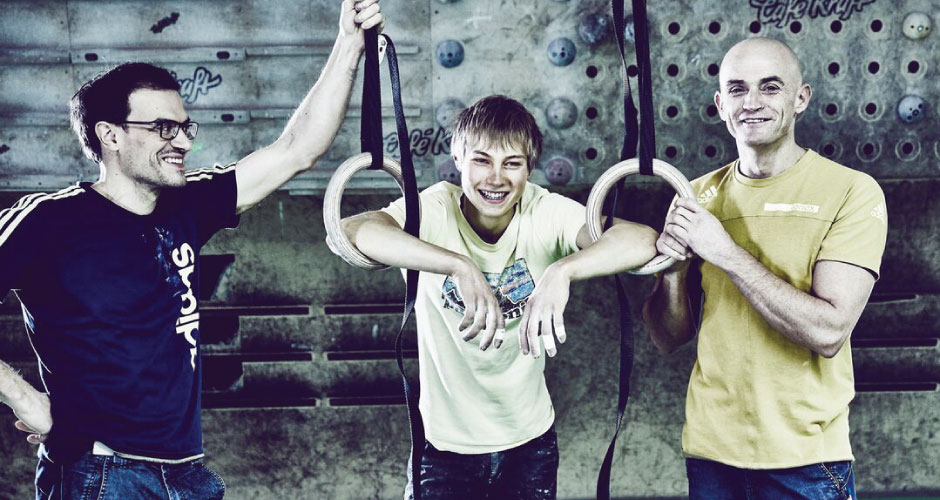Have you ever noticed how much fun kids have when they’re doing handstands and cartwheels? That is probably because kids love to move their bodies around in every direction possible and love to look at the world from different perspectives. Adults seem to have forgotten just how much fun (and how useful) a handstand can […]
Category Archives: KletterRetter Blog
We’ve all been there. You climb past the bolt, approach the crux and suddenly your legs start shaking. Not because your legs aren’t trained, but because you are secretly scared of falling! Your mind tells you: “Don’t go any further, or you will die!”
In the last part of the blog series “What do climbers eat”, we have one of Petra Klinger’s (2016 Boulder World Champion) favourite recipes for you! Feta only contains about 260 calories per 100g, which is lower than all other whole milk cheeses except for ricotta and mozzarella. The lower calorie count comes from the […]
As you know, different forms of climbing require very different levels of energy and physical condition. Your physical condition coupled with your expectations for the day (relaxed climbing vs. going all out to send a project), your specific dietary requirements and your metabolism can be hugely impacted by what you’ve been eating! In part two […]
Have you ever wondered what top climbers eat to power themselves through the day? Well… we asked them for you! In part one of our three part blog series, we had breakfast with Alex Megos. Alex told us he can’t look past a bowl of quark with fruit and oats for breakfast. Quark is a great […]
Imagine a climber that is experiencing discomfort in their shoulder. Dysfunction in the biomechanics of a climber’s shoulder, combined with the repetition of some specific movements whilst climbing can cause small compressive impact on certain tendons. Over time, without any specific accident or trauma to the shoulder, these tendons begin to produce inflammation and pain.
When I first took an interest in injury prevention for climbing, in about 1998, there wasn’t much information available. I found a few articles about training and a couple about injury prevention, but I was unable to find anything directly related to preventive training.
There I am, standing in front of a route, ready to climb. I’ve tried this route a couple of times, so I know what to expect, but this time I’m going to send it. I just can’t think about failure; I talk it through before I start. Off I go, a little unfocused as I […]
They say that traveling broadens your mind, so that’s why going on a climbing trip is a great way to develop your climbing! Although the crag is literally in the foreground during a climbing trip, there are a number of other reasons why you should go on a climbing trip and broaden your horizon.
Complex / functional strength training is a method in which we don’t just train individual muscles in isolation, but rather incorporate as much of the respective muscle group into our training as possible. Climbing involves highly complex forms of movement, so the workouts should also be complex!












